Cliff Dwellers 1913
Among the first paintings acquired by the Los Angeles County Museum of Art, Cliff Dwellers is still its best known and most often reproduced American painting.
[br]
A large part of the work’s attraction to students of American history has been the fact that it appears to stand out among Ash Can school paintings as a statement of strong social criticism. This interpretati...
- Size:
- 40 3/16 x 42 1/16 in.
- Medium:
- Oil on canvas
- Credit:
- Courtesy of the Los Angeles County Museum of Art
More from this artist...
Loading...
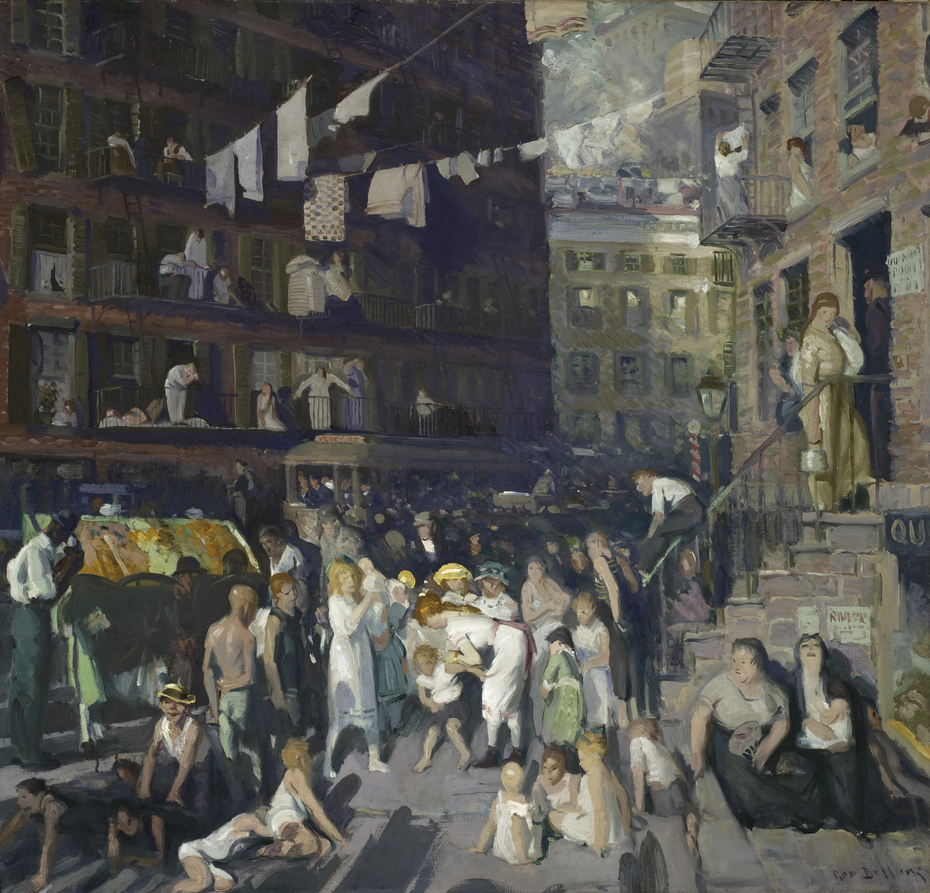
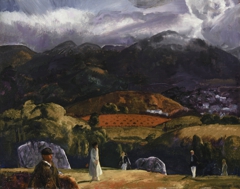
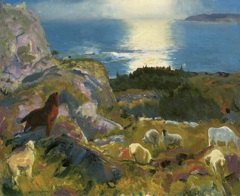
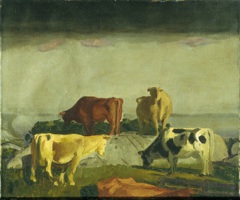
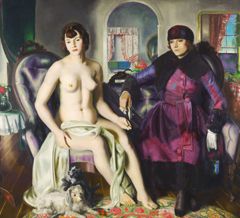
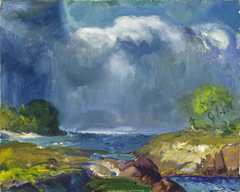
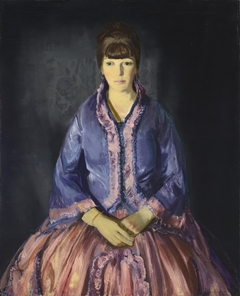
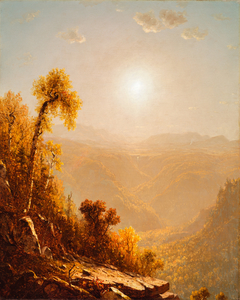
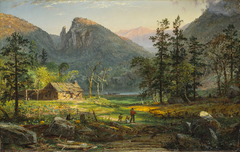
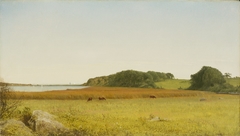
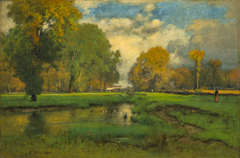
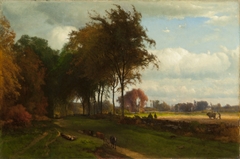
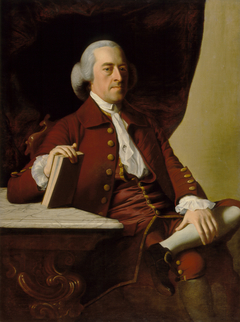
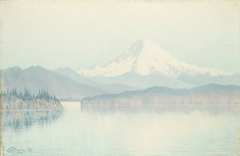
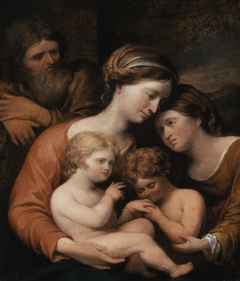
Discussion